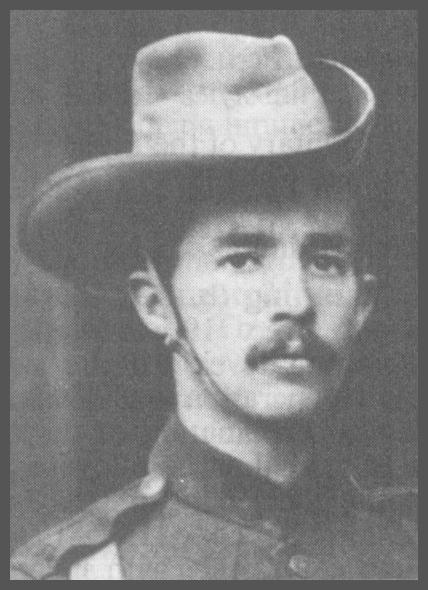The Riddle of the Sands
1903
by Erskine Childers
(1870-1922)
Contents
- The Letter
- The Dulcibella
- Davies
- Retrospect
- Wanted, a North Wind
- Schlei Fiord
- The Missing Page
- The Theory
- I Sign Articles
- His Chance
- The Pathfinders
- My Initiation
- The Meaning of our Work
- The First Night in the Islands
- Bensersiel
- Commander von Brüning
- Clearing the Air
- Imperial Escort
- The Rubicon
- The Little Drab Book
- Blindfold to Memmert
- The Quartette
- A Change of Tactics
- Finesse
- I Double Back
- The Seven Siels
- The Luck of the Stowaway
- We Achieve our Double Aim
- Epilogue and Postscript
Maps and Charts
- Map A -- General Map
- Chart A -- Stranding of the Dulcibella
- Map B -- East Friesland
- Chart B -- Juist, Memmert, Norderney
- Sketch -- Memmert Salvage Depot
Notes
[IMPORTANT: The maps and charts will usually appear in a separate window of your graphic web browser; you can move that new window (which may appear directly on top of the old one with the text) to the side and view the map as you read, and then dismiss it when you are done (the BACK command will probably not work as you expect within that window).]

Robert Erskine Childers was shot by an Irish Free State firing squad Nov. 24, 1922, after being convicted of having a small pistol. He had been one of the leaders, with Eamon de Valera, of the Irish Republican Army rebellion against the Free State leadership of Michael Collins and Arthur Griffith. His son, Erskine Hamilton Childers, was president of Ireland in 1973-4.
Childers, shown here in a photo around the time of the Boer War, was a cousin of Hugh Childers, who served Gladstone as First Lord of the Admiralty and Minister of War. As a clerk in the House of Commons, Erskine Childers had free time to sail on his 30-foot cutter Vixen (which must have been the prototype for Dulcibella) including to the Baltic and Friesland Islands. After a tour in his larger yacht, Sunbeam, Childers wrote The Riddle of the Sands, in 1903. Although the book was not published until 1915 in the United States, Childers in 1903 traveled to the United States, where he met and married Mollie Osgood, daughter of a Boston physician. They had a 50-foot ketch, Asgard, built for them and sailed it regularly to the North Sea and Baltic.
Childers became an advocate of Irish Home Rule and he and his wife used their sailboat to smuggle to the Irish rebels in July, 1914, arms which served as the basis for the Easter uprising of 1916.
As soon as World War I started, Childers volunteered in the Royal Navy and served in Naval Intelligence, raiding Cuxhaven and flying in a seaplane to the North Sea coast of Germany. He received a Distinguished Service Cross.
After the Irish partition Childers served the cause of Irish independence until his execution.
The book has become famous as one of the first spy stories. Several Englishmen were arrested for espionage in Germany in 1910--they evidently followed the novel religiously. Their trials publicized not only the book but also anti-German feeling in the years before the Great War.
Winston Churchill said of Childers after his capture and in support of his execution: "No man has done more harm or done more genuine malice or endeavoured to bring a greater curse upon the common people of Ireland than this strange being, actuated by a deadly and malignant hatred for the land of his birth."
The book was also made into a good film a few years ago, available on video tape.
The Boston Globe in Massachusetts, U.S.A., printed a fine article by Kevin Cullen on 1998-03-25 about Childers and the campaign to preserve the Asgard, which is now mouldering in a Dublin jailyard. See the text of the article or search the Globe archives. However, the online version does not include several nice illustrations, so see your local public library for the full story.